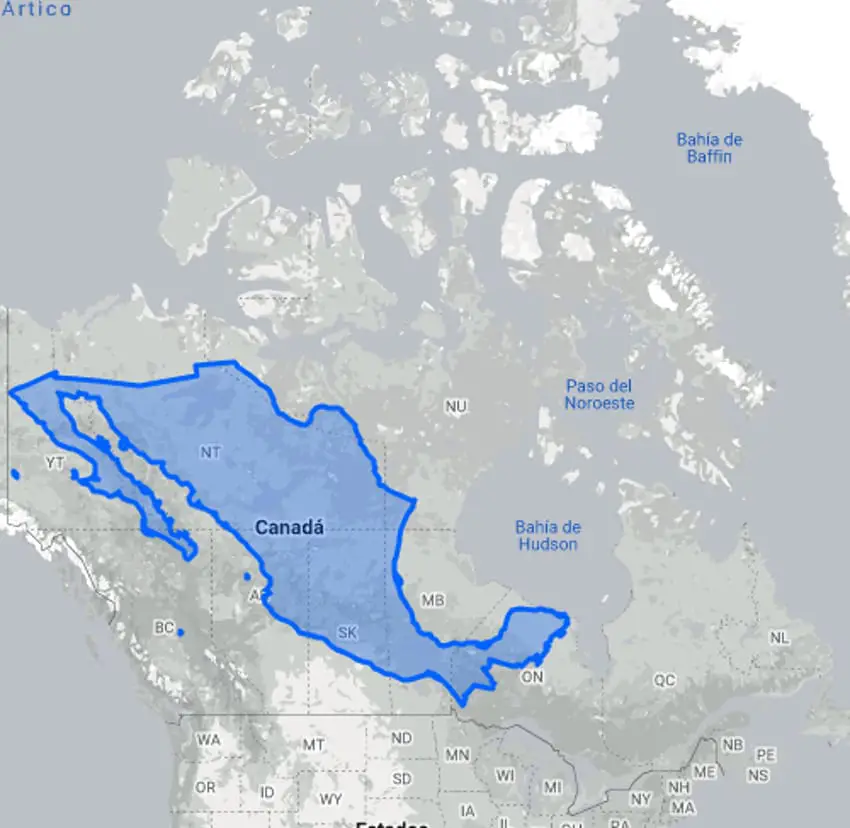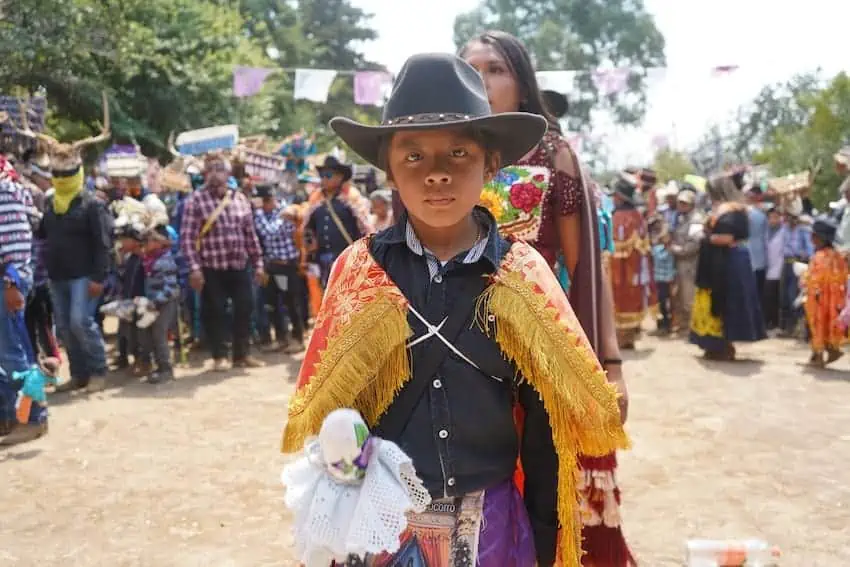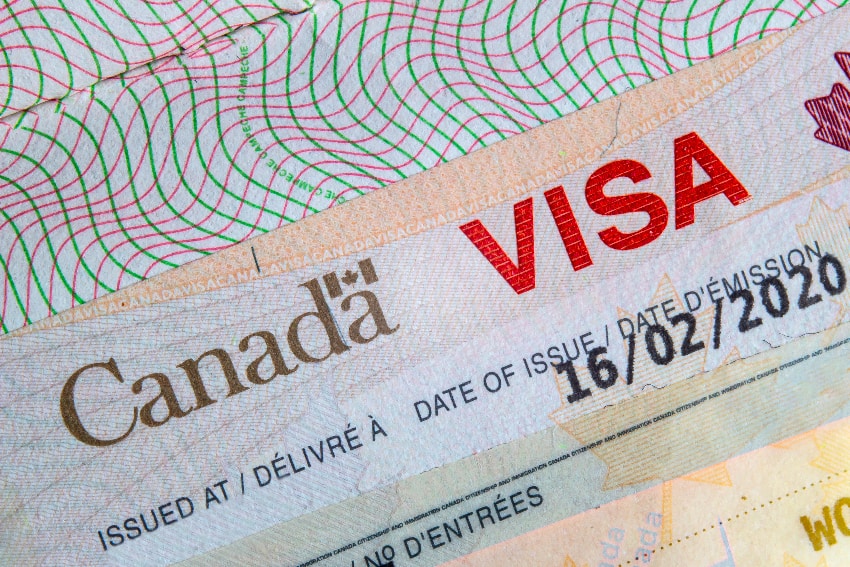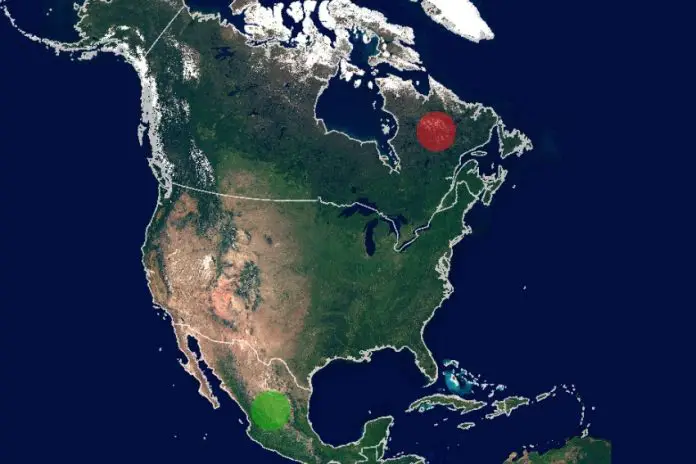Neighbors of the United States. Signatories to the USMCA trade pact. Members of the G20 and APEC. Former colonies of European empires.
Mexico and Canada have their similarities, but there are also some major differences between the two North American nations. Their geographical size, for example.
In this article — the latest addition to our “Canada in Focus” and “Mexico in Numbers” series — I’ll present a selection of Mexico and Canada data and make some objective comparisons between the two countries.
How much longer is the Canada-United States border than the Mexico-U.S. border?
How many Canadians live in Mexico?
How does the coldest temperature ever recorded in Mexico compare to the coldest temperature ever recorded in Canada?
Read on to find out!
Population data
The population of Mexico is more than triple that of Canada.
Mexico’s population was just over 126 million at the time of the last census in 2020 and exceeded 131 million last year, according to the National Population Council.
According to the Canadian government, Canada’s population exceeded 41 million people in the first quarter of 2024 and was 41.01 million on April 1.
Mexico is the world’s 10th most populous nation (just ahead of Ethiopia and behind Russia), while Canada ranks 38th.
Population density in Canada is just over four people per square kilometer, making the country one of the world’s least densely populated. There is a lot of space out there on the Canadian Shield and in the Canadian Prairies!
By contrast, Mexico’s population density is about 66 per square kilometer, or more than 16 times higher than that of Canada.
Area and other geographical data
Canada, as you already know, is BIG. How big? Almost 10 million square kilometers — 9,984,670 square km to be exact. Canada is thus the second largest country in the world behind Russia.
Mexico — the world’s 13th largest country by area — covers 1.96 million square kilometers. It could fit into Canada more than five times over.
While Mexico is divided into 32 states (including Mexico City), Canada has 10 provinces and three territories. Canada’s largest territory, the sparsely populated Nunavut, is slightly bigger than all of Mexico.
Canada’s highest mountain, Mount Logan in the territory of Yukon, is the second highest peak in North America after Denali, located in Alaska. It is 5,959 meters high, just over 300 meters higher than the 5,636-meter-high Pico de Orizaba, an active stratovolcano on the Veracruz-Puebla border that is Mexico’s highest peak and the third highest in North America.

Meanwhile, the land border between Canada and the United States is the longest international border in the world, measuring 8,891 kilometers. Canada, of course, has both southern and northwestern borders with the United States, the latter separating the territory of Yukon from Alaska.
The Canada-U.S. border (or borders) is almost three times longer than the 3,145-kilometer-long border between Mexico and the United States. In kilometer terms, it is 5,746 km longer than the Mexico-U.S. border.
The Canada-U.S. border is considerably less fortified than the Mexico-U.S. border. There is no border wall, and one section of the border is (or was) marked by nothing more than a row of potted petunias.
Economy: What does the data say?
Mexico became the the 12th largest economy in the world in 2023, according to the International Monetary Fund (IMF), while Canada ranked 10th.
The IMF estimates that the nominal GDP of Canada was US $2.14 trillion last year, making the Canadian economy about 1.2 times the size of the Mexican economy. Mexico’s nominal GDP was $1.79 trillion in 2023, according to the IMF.
Wealth, as measured on a per-person basis, is almost four times higher in Canada.
Per-capita GDP in Canada was US $53,371 in 2023, according to the World Bank, while the figure for Mexico was $13,926.
Mexico’s economy grew 3.2% last year while the GDP of Canada increased by 1.1%.
Indigenous peoples in Mexico and Canada
There are much higher numbers of Indigenous peoples and groups in Mexico than in Canada.
According to the results of the 2020 census, 23.2 million people aged 3 and over in Mexico identify as Indigenous. That figure accounted for 19.4% of the total population of that age, according to the national statistics agency INEGI.
By contrast, Canada’s 2021 census counted around 1.8 million Indigenous persons, or about 5% of the total population.
There are 68 different Indigenous groups in Mexico, including the Maya, Yaqui, Chontal, Mixtec, Nahua and Tarahumara peoples.
The Canadian Constitution recognizes three groups of Indigenous peoples: the First Nations people, the Inuit and the Métis.

Canadians in Mexico, Mexicans in Canada
Mexico’s 2020 Census counted 12,439 Canadian residents in Mexico.
However, the Canadian government says that over 50,000 Canadians live in Mexico. That number presumably includes “snowbirds” who spend winter months in Mexico.
According to the Mexican government, 129,745 Mexicans were living in Canada in 2020. Some of that number are students.
In 2023, the Canadian government issued over 23,000 study permits to Mexican students.
The Canadian government also said that in 2023 over 12,000 Mexican students took part in short-term language courses in Canada that didn’t require a study permit. That number represented a 47% increase from 2022.

The number of Mexicans seeking asylum in Canada increased significantly last year, leading Canada to take the decision to end visa-free travel for some Mexicans earlier this year.
Tourism
Mexico’s Tourism Ministry reported in February that just under 2.47 million Canadians flew into Mexico last year, a 40.3% increase compared to 2022. Canada was Mexico’s second largest source country for tourists after the United States.
According to the Canadian government, more than 350,000 Mexicans visited Canada in 2022, a figure described as “close to pre-pandemic levels.”
Based on the numbers above, Canadian tourism to Mexico is about seven times greater than Mexican tourism to Canada.
Highest and lowest temperatures in Mexico and Canada
Canada, of course, has a considerably colder climate than Mexico. How cold can it get in the “Great White North”? Very.
The lowest temperature ever recorded in Canada was -63 C (-81.4 F) in Snag, Yukon, on Feb. 3, 1947.
That record low is more than 30 degrees colder than the coldest temperature ever recorded in Mexico. On Jan. 11, 1962, the mercury dropped to -30 C (-22 F) in Villa Ahumada, Chihuahua, Mexico’s coldest ever recorded temperature.
Canada recorded its hottest temperature much more recently.
On June 29, 2021, the mercury soared to a record high 49.6 C (121.3 F) in Lytton, British Columbia.
According to several media reports, the highest temperature ever recorded in Mexico was 58.8 C (137.8 F) in San Luís Rio Colorado, Sonora, on July 6, 1966.
By Mexico News Daily chief staff writer Peter Davies (peter.davies@mexiconewsdaily.com)
This article is part of Mexico News Daily’s “Canada in Focus” series. Read the other articles from the series here.
